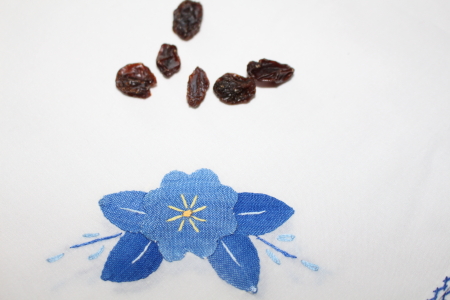
Few issues in our lives represent a more complicated relationship than our relationship to food. We have to eat in order to survive. Eating is one of the energy inputs and as the old saying goes “You are What you Eat.” All we have to do is walk down the aisle in our local bookstore to see an abundance of cooking books, diet books and eating plans to illustrate our obsession with food. From every direction in our lives we are inundated with information about “eat this, not this.” And many of us have become to be knows as “Foodies.”
 Continuing with the series of blogs on Wellness, this post will proceed with a spin around the wellness wheel focusing on the 12 dimensions of wellness and settle on the dimension of eating. The Wellness wheel is founded on the idea that everything is connected, linked and interdependent.
Continuing with the series of blogs on Wellness, this post will proceed with a spin around the wellness wheel focusing on the 12 dimensions of wellness and settle on the dimension of eating. The Wellness wheel is founded on the idea that everything is connected, linked and interdependent.
As we focus on eating and listen to the experts we all know what is healthy and not healthy to eat. The question becomes are we doing it? Are we eating the things we should be eating in order to stay healthy?
I have to confess that I don’t always eat what I should eat. Sweets are my downfall. I have to fight the temptation to dive into a bag of chocolates on a daily basis.
Like everyone else I need to explore the deeper elements of that temptation but also honor my choices. When I chose to eat that chocolate I need to get full enjoyment of that sweet rather than just mindlessly stuffing it in my face.
Our relationship to food says much about us. Many of us use food as a tool to manage our emotions – we may use food to ward of boredom, sooth emotional pain, or manage our fears and anxiety.
EMOTIONAL EATING HAPPENS WHEN WE:
- Unconsciously, compulsively eat to mask or numb uncomfortable feelings. Eating when under stress or out of balance – do you go for a bag of chips when you come home stressed?
- Not really tasting our food. Overeating – do you eat the whole bag without really noticing?
- Using food for nurturing. Comfort foods – do you eat that bag of chips when you are feeling bored or sad or hurt?
Do you notice a relationship of food and mood in your eating patterns?
Do you have any emotional triggers for eating? What are they?
One exercise that is often used to encourage mindful eating and changing our relationship to food is- teaching us how to savor our food and reconcile our relationship with food.
Eating a raisin mindfully.

The exercise involves:
- First looking at a raisin in all its intricate folds and wrinkles.
- Then picking up the raisin and rolling it in your fingers and feeling its squishiness and fullness.
- The next step is smelling and see if it has a smell and maybe associating that smell with perhaps a memory.
- Only then would you bring it to your lips and run it around your lips to experience the texture.
- At that point you would put it in your mouth and experience it fullness and juiciness as you roll it around with your tongue.
- Then you bite – and savor the flavor that spurts out and fills your mouth and taste buds.
- Next you experience the raisin following the path down your throat to your digestive system.
Try it – it is an interesting experience in mindful eating.
And I will repeat this experience next time I eat a piece of chocolate so that I can fully relish the experience and not just mindless eat the chocolate without even noticing.
As we continue around the spin on wheel we have arrived at the dimension of eating. Eating represent one of the energy inputs into our internal system and is the way we get the fuel we need to function in our world. Food is a powerful influence on determining our Wellness and a strong moderator of our ability to function effectively

Dr. Ines K. Roe has been helping women in transition rediscover themselves for over 20 years. If you’ve been feeling unfulfilled, are frustrated with your sense of accomplishment in midlife, or simply need guidance on your path to holistic well-being, contact her for a consultation or consider one of her ecourses for an unaccompanied path.

Mindfulness is a great technique for everything in life, isn’t it? Including eating.